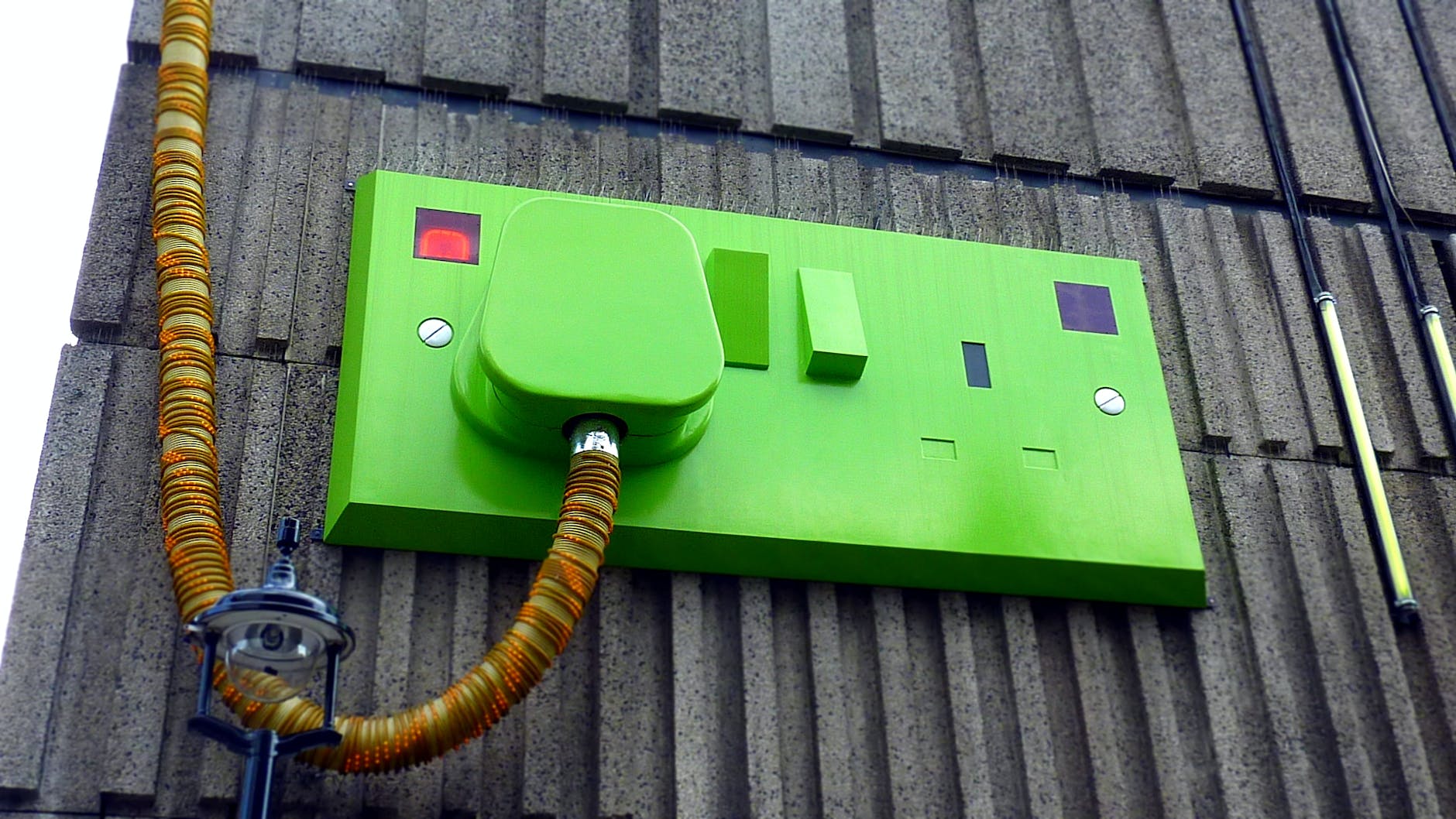Electrical Fittings Service can help you get the most out of your electrical installation, but like any system, it can encounter issues that may affect its function. In this article, we’ll discuss some common issues with Electrical Fittings Service and how to solve them.
Electrical Fittings Service Not Working
If your Electrical Fittings Service is not working, the first thing to check is the circuit breaker or fuse. Make sure that the circuit is not tripped or that the fuse is not blown. If it is, reset the breaker or replace the fuse.
If the circuit breaker or fuse is not the issue, check the wiring connections for loose or damaged wires. Make sure that the wires are properly connected and that there are no exposed wires that could cause a hazard.
Electrical Fittings Service Overheating
If your Electrical Fittings Service components, such as outlets or switches, are overheating, it could be a sign of an overloaded circuit. Check to see if you have too many appliances or devices plugged in to the circuit, and remove any unnecessary items.
If the issue persists, it could be a sign of faulty wiring or a damaged component. Consult with a professional electrician or electrical fittings service provider to diagnose and repair the issue.
Electrical Fittings Service Sparking
If your Electrical Fittings Service is sparking, it could be a sign of a loose or damaged wire connection. Turn off the power to the circuit and check the wiring connections for any loose or damaged wires. If you’re not comfortable with electrical work, consult with a professional electrician or electrical fittings service provider.
Electrical Fittings Service Grounding Issues
Proper grounding is essential for electrical safety. If your Electrical Fittings Service is not properly grounded, it could cause a shock hazard. Check to make sure that your Electrical Fittings Service components are properly grounded, and that there are no loose or damaged wires.
If you’re unsure about the grounding of your Electrical Fittings Service, consult with a professional electrician or electrical fittings service provider to ensure that it is up to code and functioning properly.
Conclusion
Electrical Fittings Service can encounter issues, but by following these tips, you can diagnose and solve common problems. Always remember to turn off the power to the circuit before starting any electrical work, and consult with a professional if you’re unsure about any aspect of your Electrical Fittings Service. With proper maintenance and care, your Electrical Fittings Service can continue to function safely and efficiently for years to come.


